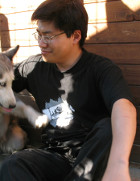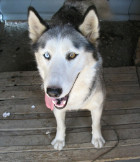
|
Co-Founder &
Chief junior Sunday researcher |
|
Working area
|
|
I believe that a better education is the only possible solution
to make the world better. This is not a magic solution and can
not solve everything, but I believe it's worth to try to do.
To realize this, I believe two things are needed:
|
